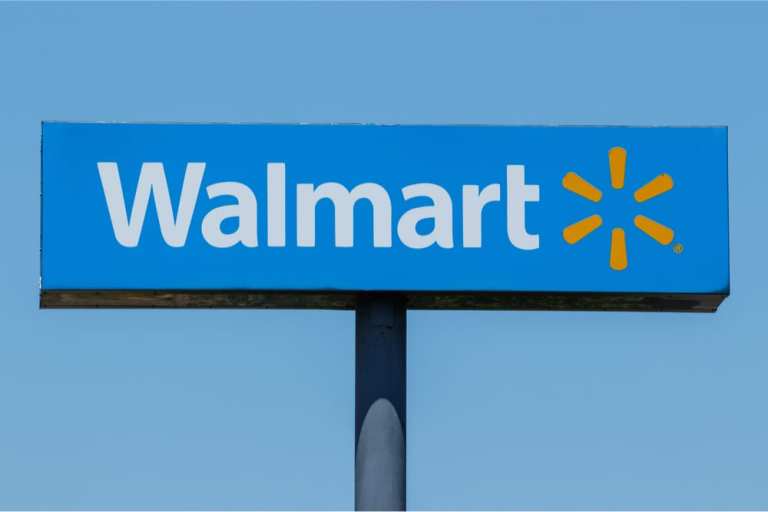New Math: Walmart+ Doesn’t Equal Amazon Prime

Walmart watchers are out in force today with the launch of subscription service Walmart+. While it has been widely touted as a hedge against Amazon Prime’s runaway growth, when the two programs are stacked side by side, something doesn’t add up.
A quick thumbnail sketch shows such inequities between the two programs that it’s worth revisiting whether Walmart+ is really an Amazon prime competitor at all. On the Walmart side, the main benefits for $98 a year are free grocery deliveries (and other products) above $35, and scan-and-go (contactless) payments within the app. An argument could be made that Walmart is actually erecting a barrier to contactless payments. Why pay for contactless payments when they should be free, especially during a pandemic?
On the Amazon side, $119 a year gets free two-day shipping on non-grocery items, same-day delivery for grocery, access to special features such as the Luxury Store and a streaming video service. If forced a make a choice, it’s hard to believe consumers would go with Walmart+ if only for the value of Amazon’s streaming service.
So, maybe Walmart+ hasn’t hatched its service as an Amazon-killer. Maybe it’s an Amazon competitive placeholder. Amplify ETFs CEO Christian Magoon, who runs the Amplify Online Retail ETF (IBUY), expects to see current Walmart customers sign up, rather than current Prime users making the switch or adding another membership program.
“This is definitely a positive step forward for Walmart, but it’s probably the first of ten steps they need to take in order to be a viable alternative for people considering both,” Magoon told Yahoo Finance. “I think this captures some subscription revenue primarily from core Walmart shoppers, but I don’t think it’s going to put a dent into Amazon Prime members or cause people to convert.”
If it’s not a full-on Amazon threat, what is Walmart+ in its current form? We have three ideas:
First, it’s a branding play. Walmart has managed to survive and thrive through the pandemic mostly because it never lost its “essential” retail tag and because it finally made some real steps toward being an eCommerce company. Yet, for everything Walmart did during Q2 and beyond, Amazon moved one step ahead. So Walmart went to its go-to strength in this battle, and that’s mass market media. Just as a consumer packaged goods brand will schedule four or even six campaigns against a product category, Walmart+ could be a branding hedge to take some of the attention from Amazon. It didn’t have back-to-school as a true season this year, and Amazon still holds its cards for Prime Day. Just as Budweiser schedules its NFL season branding campaign, Walmart+ has done the same. Anyone who has seen the Walmart+ integration with NFL games will see more Walmart branding than it will the launch of a subscription service.
Second, it’s a hedge against supermarkets and Target. The closest competitor to Walmart right now isn’t Amazon. It’s Target and the group of aggressive supermarkets that have launched marketplaces and sophisticated loyalty programs. Kroger has made progress on the online delivery front with Ocado and has a marketplace partner with Mirakl. Target has Shipt. Walmart has more to fear from the expanding supermarket space than it does from Amazon.
Third, Walmart+ is most likely a base-level package of features that will evolve over time. The Motley Fool, for example, sees it as part of Walmart’s move toward becoming a lifestyle company.
“The philosophical changes underway aren’t easy to see. That’s partly because of their slow pace, and perhaps partly because the company isn’t making a point of calling them part of a campaign to become a lifestyle company,” says the stock market analysis site. “Walmart may not even realize all these initiatives position the company in a way that lets consumers delegate many of life’s hassles to the organization. Nevertheless, it’s happening, and happening pretty quickly. By 2025, don’t be surprised if Walmart is in many ways the sort of go-to solutions provider Amazon is now, with its customers not giving a second thought to the fact that Walmart didn’t [used] to sell health insurance, make deliveries, or sell so many niche products online.”